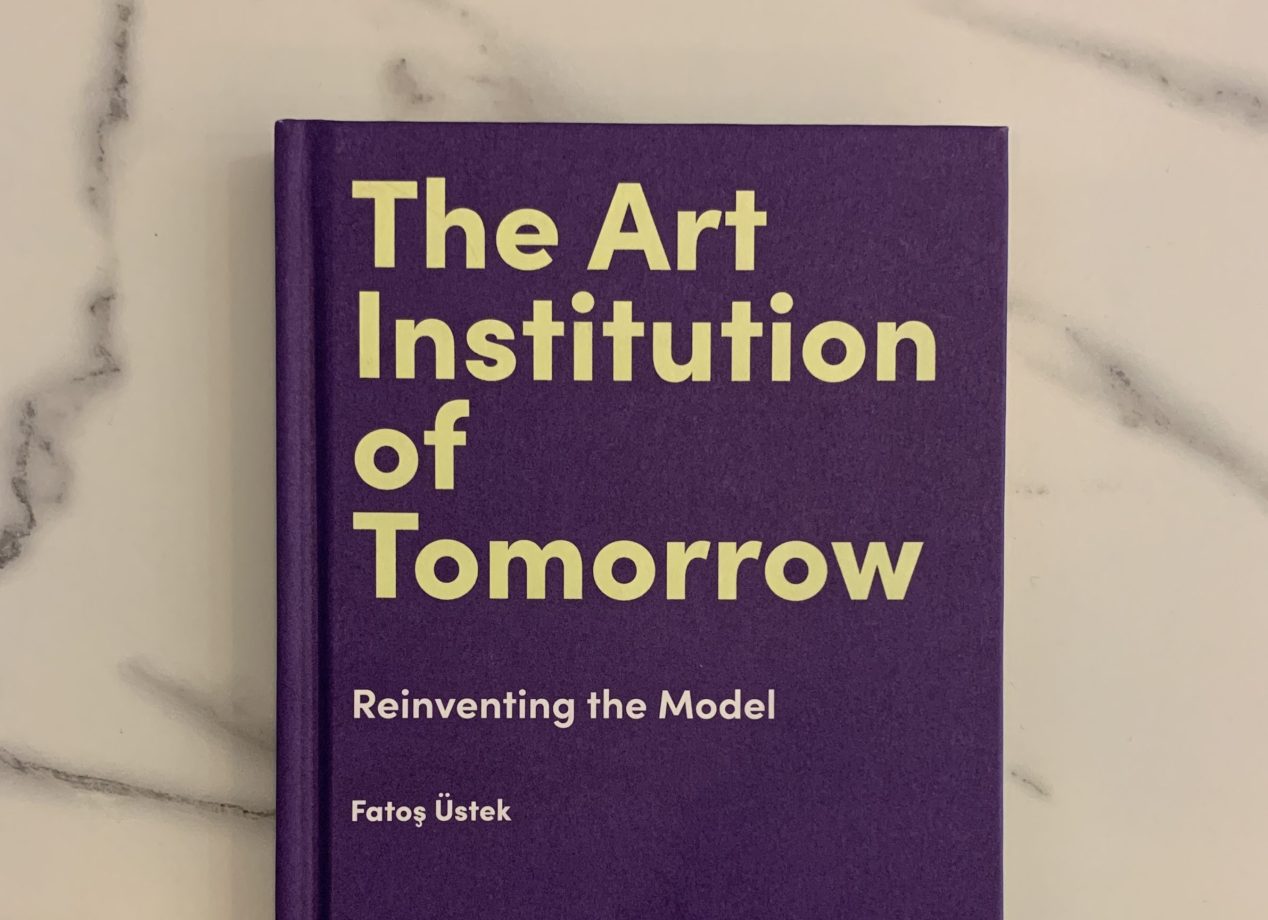In the latest Hot Topics in the Art World book, The Art Institution of Tomorrow, contemporary art curator and writer Fatoş Üstek presents a radical proposal for a new model of art institution which will address the challenges of our age. The work is part of the Hot Topics in the Art World series, edited by Institute faculty Jeffrey Boloten and Juliet Hacking and in collaboration with art world publishers, Lund Humphries.
The Institute’s partnership with Lund Humphries is part of a longstanding publishing collaboration between the two organizations, dating back to 2009. Previous co-publications include the successful series of professional handbooks in international art business, featuring Juliet Hacking’s own book, Photography and the Art Market, and The Valuation of Fine Art and Design by Sotheby’s Institute of Art-New York Director, Ann-Marie Richard.
The Art Institution of Tomorrow by Fatoş Üstek is a unique manifesto for raising the standard of institutional practices across the world. It brings together internationally acclaimed voices and examples of excellence that are taking place in and outside the arts sector, to imagine and define the future for art institutions.
Today’s institutions are constantly occupied with a plethora of activities, externally and internally, as well as facing external pressures and internal problems. The majority of institutional energies are channeled outside their institutional tasks and responsibilities like leading scholarly research, identifying artworks for exhibitions, commissioning artists for new works, making acquisitions, and caring for their collections. Their resources, such as staff, site, and communications, are directed towards responding to the impending challenges and constant demands they are tasked to engage with.
"Today we live in a world of crises, that erupt with accelerating frequency and increasing scale and intensity. The current systems and structures within which art institutions operate are falling short of the demands of a changing society and changes within the arts. This publication aims to provide solutions by calling on all art institutions to rethink how they reinstate their purpose, change their mindset, and gain autonomy and agency by transforming their inherited frameworks and operational models." – Fatoş Üstek
This publication suggests that existing art institutions are not equipped to deal with the radical social, economic and environmental change we are living through and engage with advancement in the arts. In an environment where public funding is scarce or non-existent, where sponsorship is narrowly defined and the sponsor has decisive vote, and where boards and other stakeholders define performance targets, it is not surprising that institutions are stagnating. The need to preserve existing income streams, public appeal and international reputation calls for a re-think. This publication states that unless they re-focus on their core purpose and fundamentally transform their organisational structure and operational models, they will start to lose their relevance and influence.
Built on an extensive study of non-profit visual-arts organisations and the creative industries at large, and incorporating interviews with more than 50 international institutional leaders from throughout the sector, the book expresses a clear outline of change that art institutions will need to undergo in order to maintain their relevance for generations to come.
Institute faculty, students, and alumni receive a 20% discount on Lund Humphries titles with the code 'Soth20'.
